The wolf symbol is one of the most important indicators we have carried into our contemporary life. The wolf is one of the oldest symbols and the most frequently encountered animal in mythology. Throughout history, in many cultures and civilizations, it has been defined as a symbol of sensitivity, cleverness, courage, and nobility, as well as oppression and bloodthirstiness.
The wolf represents the highest peak of freedom, courage, family loyalty, pride, nobility, intelligence, and the ability to think strategically. Therefore, from Africa to Europe, from Asia to the Americas, it has held a distinct position in the oldest civilizations. But why?
Spiritual Meaning of Wolves
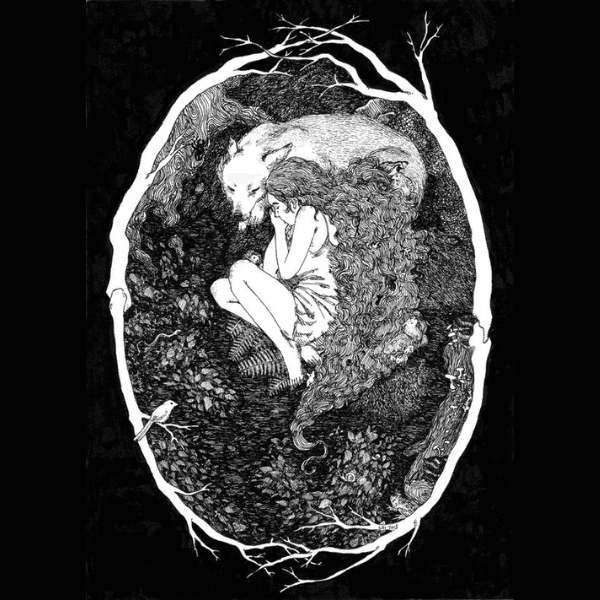
Wolves hold a deep spiritual meaning. They mostly symbolize sharp intelligence, deep connections with instincts, and an appetite for freedom. In many cultures, wolves are seen as noble guardians, embodying strength and courage. The symbolic and psychological meaning of seeing a wolf in a dream varies, generally representing an aspect of yourself that is deeply connected to your intuition and primal instincts. Such a dream might indicate a call to trust your instincts and embrace your personal power or could symbolize feelings of vulnerability or threat, urging you to set boundaries. In essence, encountering a wolf in a dream challenges you to confront your fears and harness your inner strength.
The Essence of the Wolf in Ancient Lore
The wolf emerges from the mists of history as a figure of awe and reverence. Ancient societies revered these gray wolfs for their unparalleled hunting skills, social structure, and mysterious aura. This reverence elevated the wolf from a mere animal to a potent symbol in human culture and spirituality, representing strength, freedom, and the untamed wilderness that lay beyond the reach of burgeoning civilizations.
The Wolf Archetype: A Mirror of the Human Psyche
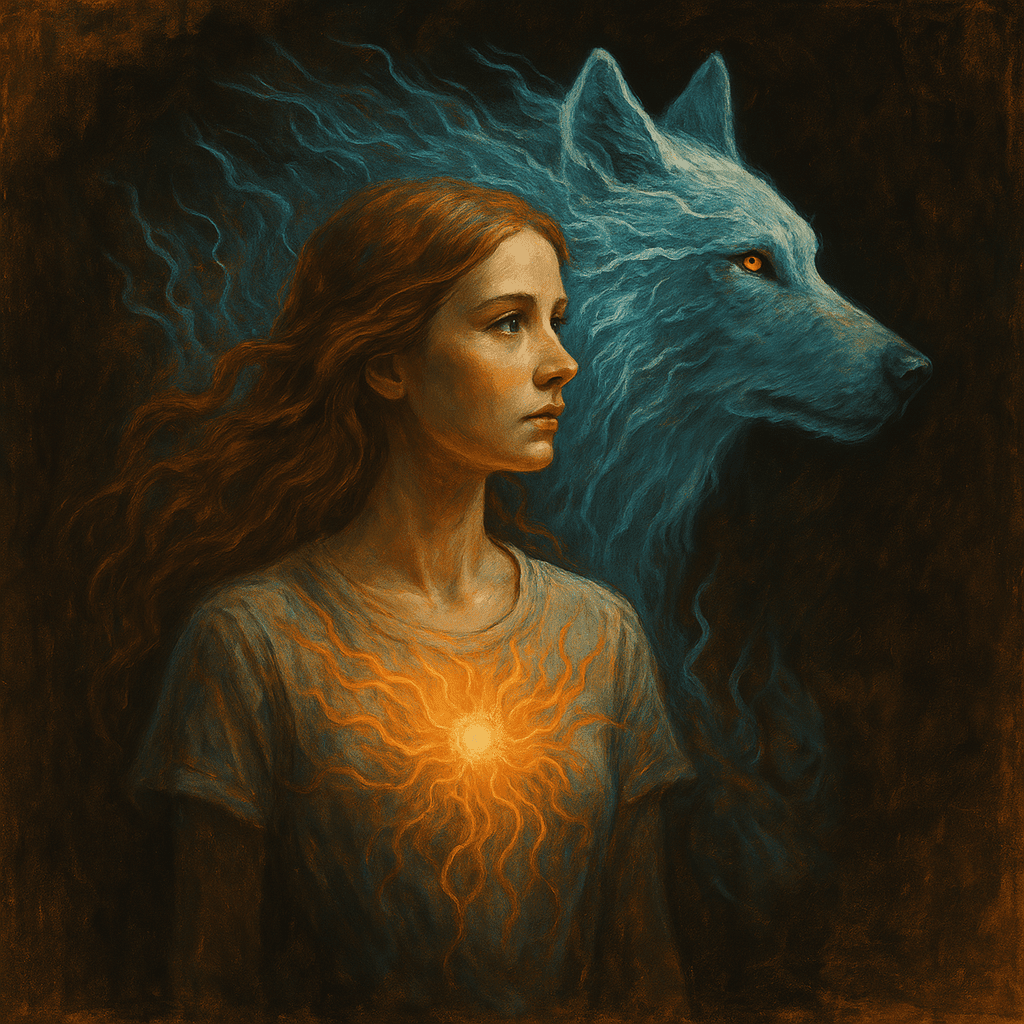
Beyond folklore and fangs, the wolf archetype lives deep in the human subconscious. It is the call of the wild inside us—the voice that howls when we are silenced, that prowls when we are cornered, that leads when no one else dares to. In Jungian psychology, the wolf often represents the untamed self, the instincts we suppress in the name of civilization. And yet, it is often those very instincts—our courage, our loyalty, our intuition—that guide us back to our truest selves.
This archetype manifests in myths across time. In Native American cultures, wolves are seen as pathfinders and teachers. In medieval Europe, they were feared as omens of the unknown. In each case, the wolf reflects the values and anxieties of the era—making it one of the most versatile mythological creatures in symbolic history.
Foundation of Rome
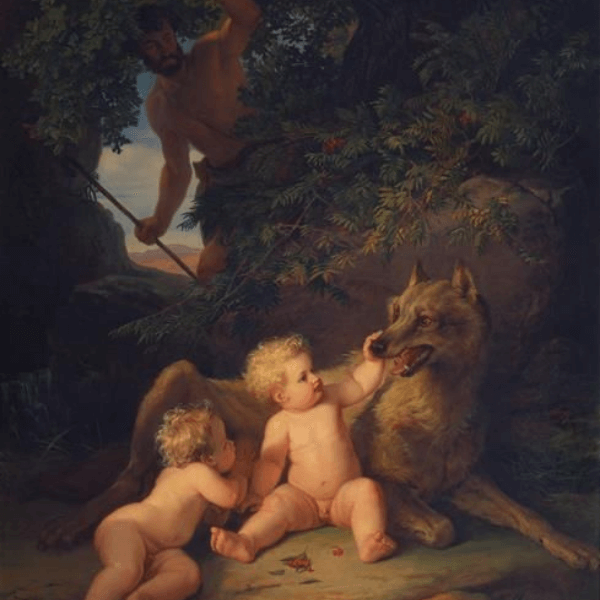
Parallel to the Turkic narrative, the story of Romulus and Remus stands as a cornerstone of Roman mythology. According to this legend, the twin brothers, abandoned and left to perish, were suckled and cared for by a she-wolf. This miraculous act of compassion allowed them to survive and eventually found the city that would become the epicenter of the Roman Empire. The tale of these twins, often referred to as the kind of Rome, illustrates the wolf’s dual role as both protector and nurturer, further cementing the animal’s symbolic significance in the annals of wolf mythology.
Wolf Mythology of Turks: The Legend of Asena
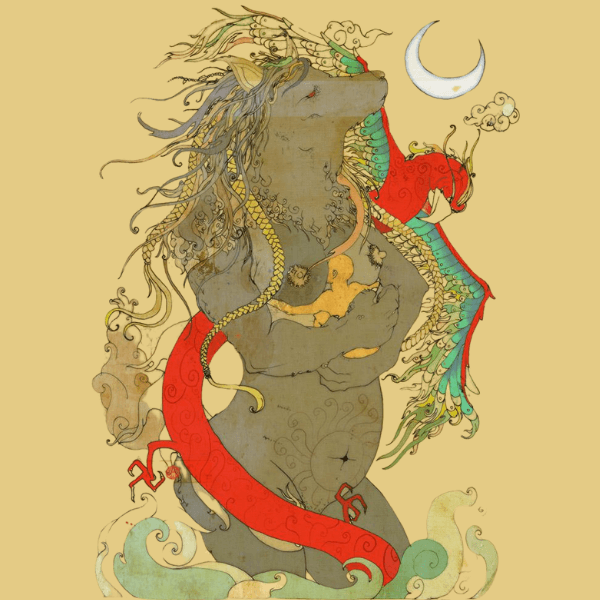
Central to Turkic mythology is the legend of Asena, a she-wolf that played a pivotal role in the origin story of the Oghuz Turks. According to legend, Asena rescued and nurtured the sole surviving child of a decimated tribe, leading to the birth of a new generation of leaders and warriors. This tale, emblematic of the theme of Turks and wolves, underscores the wolf’s role as a symbol of survival, guidance, and the genesis of new beginnings. The bond between wolf myth and legends and the foundational narratives of cultures highlights the animal’s integral part in shaping identity and destiny.
Fenrir: The Harbinger of Ragnarök
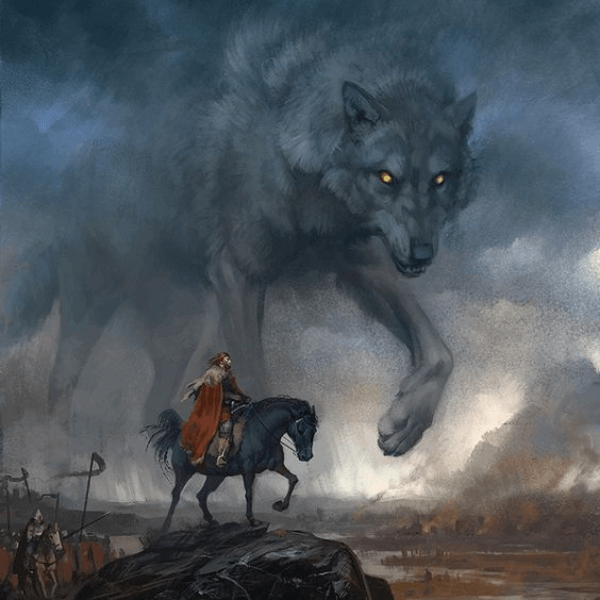
In stark contrast to the themes of creation and nurture found in Turkic and Roman myths, Norse mythology presents Fenrir, a gargantuan wolf fated to bring about Ragnarök Fenrir. Unlike Asena or the benevolent she-wolf of Roman lore, Fenrir embodies the destructive force of nature and the inevitable cycle of death and rebirth. This fearsome beast, bound by the gods out of fear of his growing power, ultimately breaks free to fulfill his destiny, swallowing the sun and battling the gods in the final apocalypse. Fenrir’s tale introduces a compelling dichotomy within wolf mythical creatures, portraying the wolf as both creator and destroyer.
Wolves of the End Times
No conversation about wolf mythology creatures is complete without a return to the Norse cosmos. In addition to Fenrir, Norse myths give us Sköll and Hati, wolves that chase the sun and moon across the sky. Their inevitable success in this cosmic chase marks the unraveling of order—the wolves in Ragnarök don’t just destroy gods, they dismantle the heavens themselves.

The mythic dire wolf—enormous, ancient, and extinct—also echoes in these stories. While often associated with pop culture today, dire wolves may have inspired countless legends of massive guardian beasts with supernatural strength. Their bones may rest in museums, but their stories still prowl the shadowy edges of our imagination. And yes, if you’re picturing the Stark family’s furry companions—Ghost, Nymeria, and the rest—you’re not far off. Even in fantasy, we still reach for the wolf when we need a symbol of loyalty, survival, and quiet, icy vengeance.
Between Creation and Cataclysm
The myths of Asena, Romulus Remus, and Fenrir, though diverse in their narratives, share underlying themes that transcend cultures and epochs. Each story reflects the dual nature of the wolf as a symbol of genesis and devastation, guiding humanity’s origins while also heralding its end. The juxtaposition of these roles underscores the complexity of wolf myth and legends, inviting reflection on the cyclical nature of life, the balance of power, and the eternal struggle between order and chaos. Like the wolf, within each of us, there is a life-giving light and a darkness that can be destructive. It’s up to us to choose which wolf we will be.
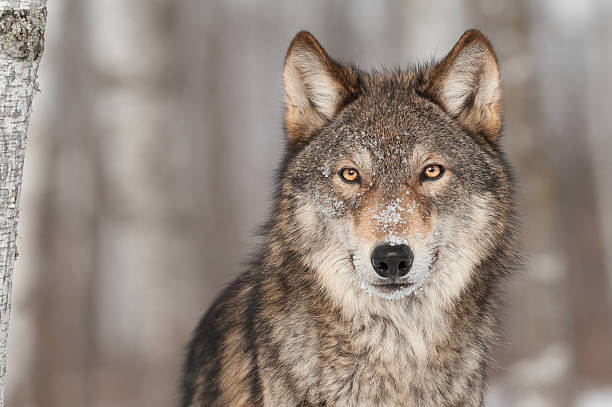
In conclusion, the wolf’s journey through wolf mythology reveals a creature that is not merely an animal but a profound symbol interwoven with humanity’s deepest fears, aspirations, and mysteries. It will always remain a compelling figure in our collective imagination, embodying the essence of creation, protection, and inevitable destruction.
